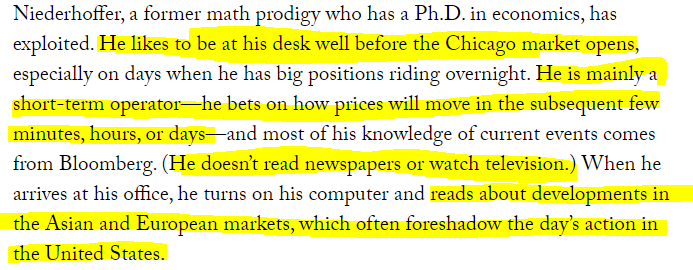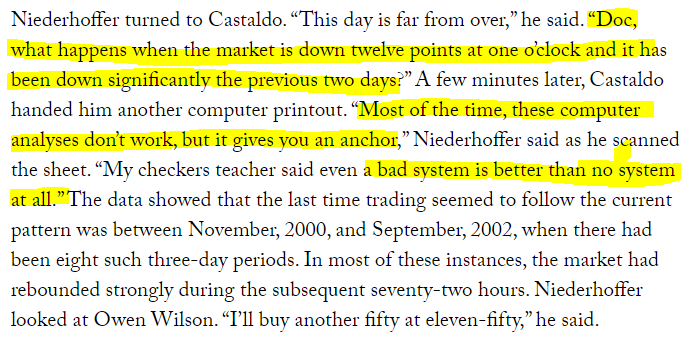I was reading an article "Advanced Scale-In Strategies For Short-Term Traders. by David Penn"
The closing remarks caught my attention.
Part 1
Part 2
This runs absolutely against the one of the golden rules of trading "Never add to a loosing position". But the more professionals I met, the more I got convinced that, like all things in life, reality and edge has its nuances. So scaling-in in a given context is perhaps a good trade management strategy.
The key is - one has to know the context in a quantified sense, which is what is highlighted in the second snapshot above.
My back testing on NIFTY tells me, Pullbacks in the trend and Mean reversion setups are the ideal candidates for this approach. If you are new to this, remember this can be a double edged sword, but then almost everything in trading is.
More on it that I have written previously.











